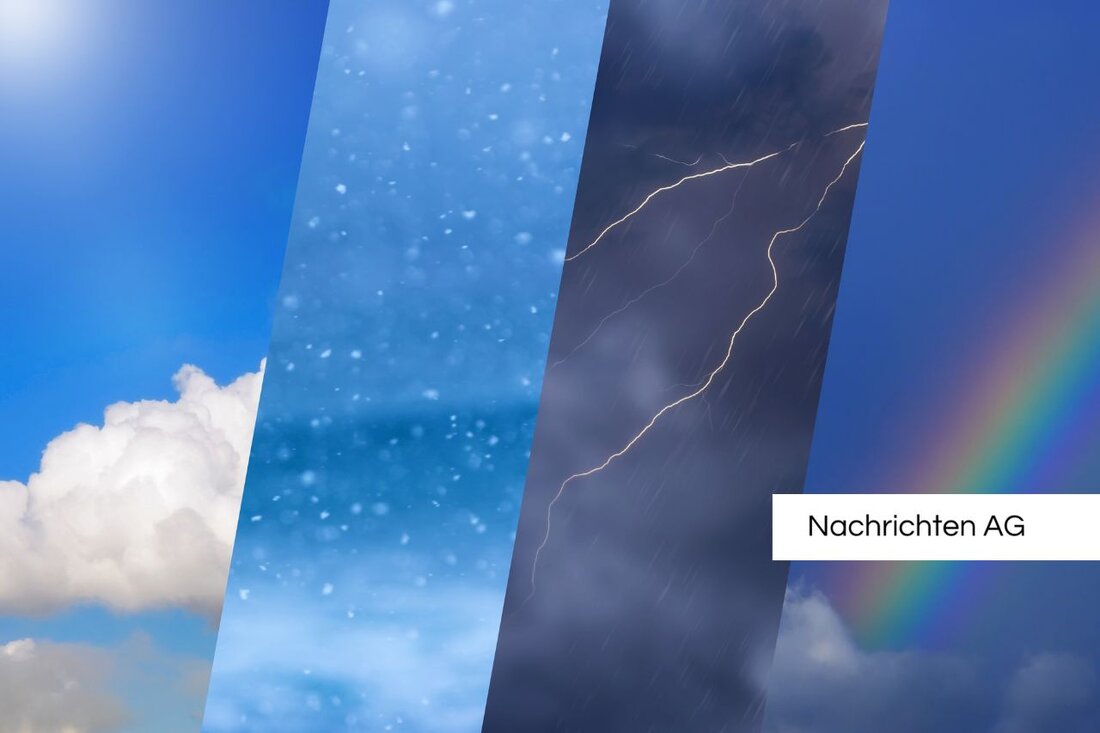Drought alarm in Vogelsberg: Farmers are fighting record drought!
Drought in Vogelsbergkreis 2025: Lack of precipitation and yield losses in agriculture - mitigation strategies.

Drought alarm in Vogelsberg: Farmers are fighting record drought!
In the Vogelsberg district, nature is currently showing its dry side. During the spring months of 2025, the lowest rainfall was recorded since weather records began in 1931. According to reports from the German Weather Service, extremely little rain fell between the beginning of February and mid-April, which severely affected farmers. The first cut of grass only produced 45% of the normal yield, as farmer Andreas Löffler from Brückenwiesenhof in Ilbeshausen reported. More and more arable land is brown and dry, which poses major challenges for many farmers. [Giessener Allgemeine](http://www.giessener- Allgemeine.de/vogelsbergkreis/strategie-gegen-die-duerre-93790185.html) explains that arable crops in particular, such as corn, were initially able to adapt better to the drought, but further development depends entirely on the weather.
Fortunately, the timely May rain brought some relief, which Andreas Kornmann, the chairman of the district farmers' association, commented with a sigh of relief. Nevertheless, the situation remains tense because the risk of heavy rain is also present. While too little water is harmful, excessive rainfall can also cause erosion and other problems. Dr. Hans-Otto Wack, an experienced ecologist, highlights that wind erosion and water erosion are exacerbated by prolonged dry periods. [Umweltbundesamt](https://www.umweltbundesamt.de/themen/wasser/extremprojekteklimawandel/trockenheit-in-deutschland-fragen- Answeren) shows that in many German regions, especially in the north, there is drought stress in the topsoil.
The consequences of drought for agriculture
But what does this actually mean for local agriculture? The effects of climate change are noticeable and not only cause crop losses. Due to water scarcity, cultivated plants come under stress and can produce less. Humus-rich soils are advantageous compared to sandy soils, which are less able to store water. As Landwirtschaft.de reported, different plants can have different tolerance to drought; While potatoes and sugar beets are rather sensitive, millet, for example, has a high drought tolerance.
The situation is even more complicated for dairy farmers, as they are forced to buy expensive feed because their own meadows and pastures do not produce enough yield. Extreme drought also brings with it the risk of wildfires, further exacerbating the situation. Erosion caused by wind and water affects the fertility of the soil and there are concerns that drought insurance programs are not sufficiently effective, as these are usually rare in agriculture.
New approaches in agriculture
Agriculture is faced with the challenge of developing new strategies to address climatic changes. The use of agroforestry systems, in which strips of trees are created to improve the soil, could represent a possible solution. Dr. Wack recommends not leaving soil fallow for too long to avoid erosion. Adaptation strategies in agriculture are therefore gaining more and more momentum; from selecting drought-tolerant varieties to using organic fertilizers to create humus.
The situation remains exciting, and as the coming months will show, a “good hand” is required in agriculture. Sustainable measures and conscious use of water are needed now more than ever. Developments over the next few months could determine whether the region can regain its fertility and earning power or not. Like Dr. As Wack aptly notes, the effects of the drought are not yet foreseeable and the situation could only become clear by September.

 Suche
Suche
 Mein Konto
Mein Konto